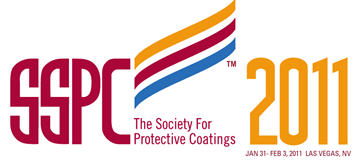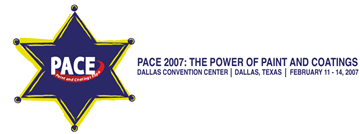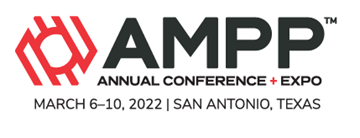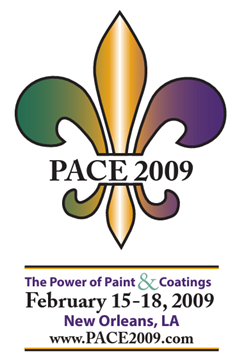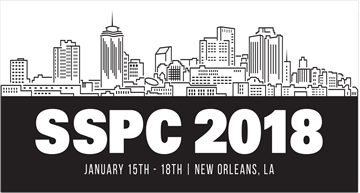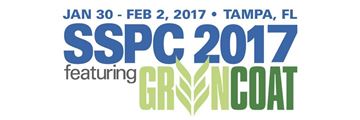Search
Products tagged with 'coating performance'
View as
Sort by
Display
per page
Epoxy Revolutionizes Water and Wastewater Underground Infrastructure Protection and Rehabilitation with Energy Efficient Green Technology
Product Number:
41211-660-SG
Publication Date:
2011
$20.00
Estimating Color Fade of PVDF-Based Topcoats for ‘Bright Color’ Architectural Restoration and Protective Coating Applications
Product Number:
51217-082-SG
Publication Date:
2017
$20.00
Evaluating Coatings for Immersion Service via Electrochemical Activity
Product Number:
41215-890-SG
Publication Date:
2015
$20.00
Evaluating Hull Coatings for Precise Impact on Vessel Performance
Product Number:
41206-269-SG
Publication Date:
2006
$20.00
Evaluation of Coatings and Linings for Wastewater Environments
Product Number:
41207-362-SG
Publication Date:
2007
$20.00
Evaluation of Polysiloxanes as Green Alternatives to Solution Vinyl Coatings
Product Number:
51220-287-SG
Publication Date:
2020
$20.00
Exploring The Truth About Aluminium Flakes As Pigments In Corrosion Protective Coatings
Product Number:
51322-18194-SG
Publication Date:
2022
$20.00
Exterior Wind Tower Coatings: A balance of Production, Protection and Profitability
Product Number:
41209-489-SG
Publication Date:
2009
$20.00
Factors Affecting the Performance of Epoxy Coatings in Cathodic Disbondment Testing
Product Number:
51218-107-SG
Publication Date:
2018
$20.00
Failure Analysis of Paints and Coatings for Transmission & Distribution (T&D) Pipeline and Utility Structures Case Studies
Product Number:
41215-940-SG
Publication Date:
2015
$20.00
Fast Cure Without Compromise: Enhanced Productivity Through Fast-Cure High Performance Coatings
Product Number:
51219-214-SG
Publication Date:
2019
$20.00
FEVE Fluoropolymer Coatings for High Performance Waterbased Applications
Product Number:
51217-028-SG
Publication Date:
2017
$20.00

